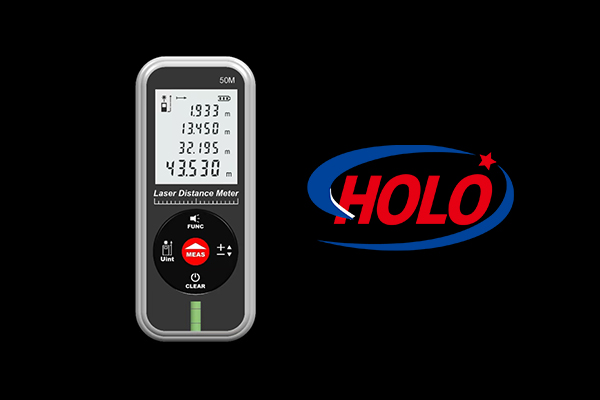Basically, all kinds of instruments and equipment will be affected by the weather and climate, and laser distance measurers are no exception. Next, let me introduce to you which factors will affect the measurement accuracy of laser distance measurers.
The measurement principle of laser distance measurers is to use the rectilinear propagation and reflection of light for distance measurement. However, refraction will also occur during the measurement process, thus causing measurement errors. But these errors can be corrected by using the refractive index.
When the laser propagates in the air, it will be absorbed and scattered by the atmosphere. Generally, the shorter the wavelength is, the stronger the scattering will be, while the weaker the absorption will be.

Due to the changes in the atmospheric state, the vertical distribution of the atmospheric refractive index in space is uneven, that is, there exists a vertical gradient of the refractive index. When the light beam propagates in this kind of space, its trajectory will be a curve, making its optical path not equal to the actual distance. In addition, when the measurement distance is relatively long, there is also the influence of the earth’s curvature. When the ranging accuracy reaches the required micrometer level and the distance exceeds 10-20 kilometers, a curvature correction should be added.
The ambient temperature also has an impact on the laser distance sensor. Generally, when the temperature is higher than 50 degrees or lower than minus 40 degrees, the laser will not be able to work.
